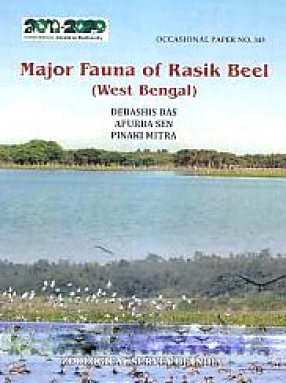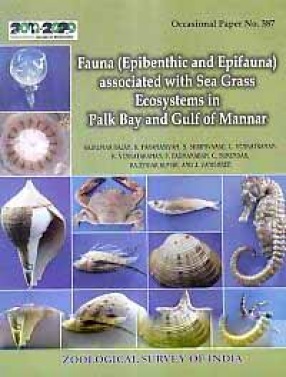
71 books

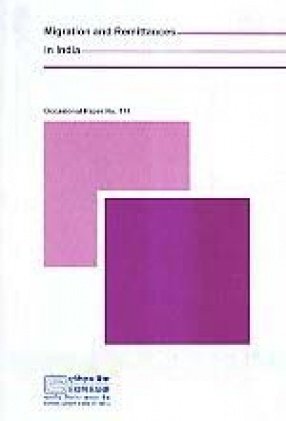
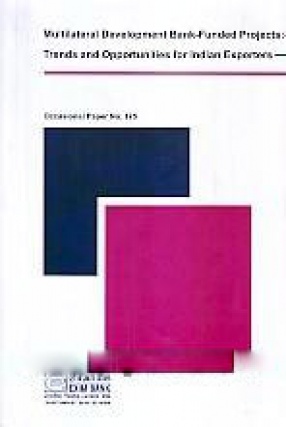
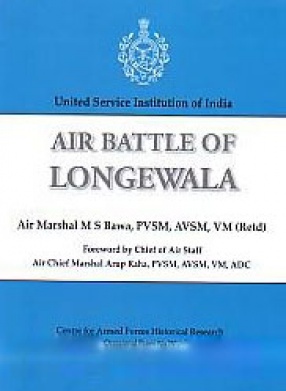
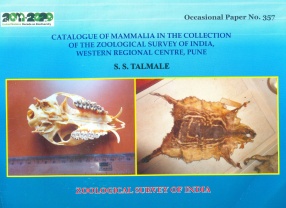
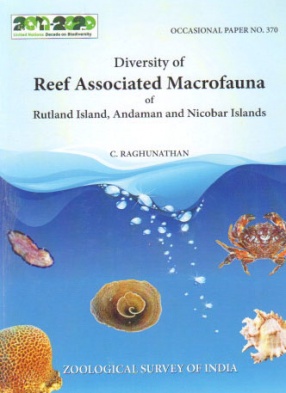
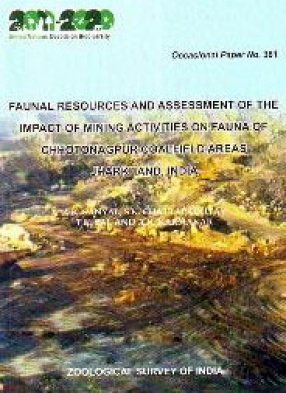
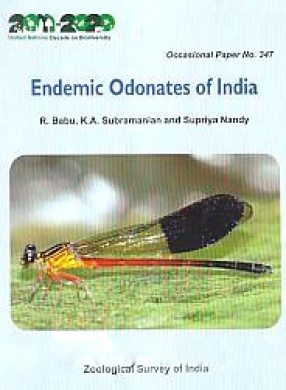
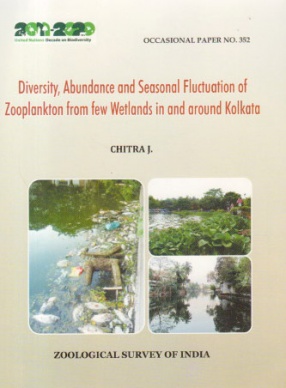



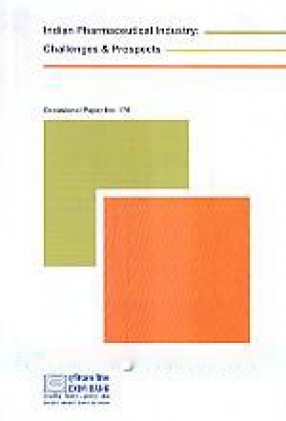

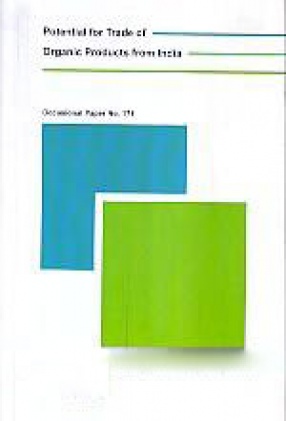

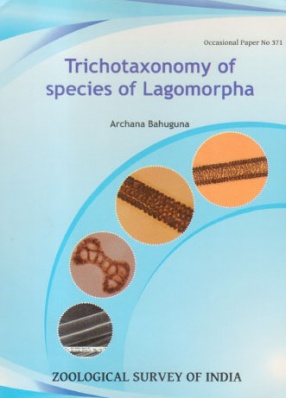
Contents: Preface. Introduction. 1. Material and methods with Appendix 1. 2. List of species with their IUCN status. 3. Description of species. 4. Results with plates. 5. Discussion. Key to identification of species. I Family: Leporidae. II Family: ochotonidae. Bar diagram with cuticular index. Summary. References.

Contents: 1. Introduction. 2. Materials and methods. 3. General taxonomic characters. 4. Systematic account. 5. Discussion. 6. Acknowledgements. 7. References.

Catalogues of mammalian specimens published by Anderson, 1881, Sclater, 1891 (Collection of Indian Museum), Agrawal and Chakraborty, 1979 (Order, Rodentia, Family, Sciuridae of ZSI, Kolkata collection) and Ghosh, 2005 and 2008 (Chiroptera: Megachiroptera and Microchiroptera of ZSI, Kolkata collection). Catalogue of the type specimens of mammals available in ZSI, Kolkata, has been compiled by Khajuria et al. (1977). The present study includes registered collection ...
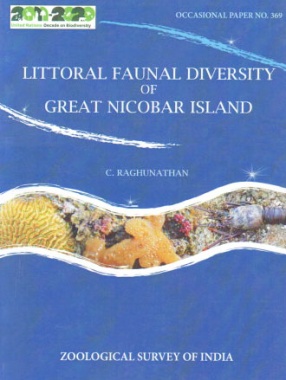
Contents: 1. Introduction: i. Great Nicobar biosphere reserve. ii. GNBR in UNESCO MAB network. iii. Landscapes features and land use history. iv. Indigenous tribes. v. Climate. vi. Geomorphology. vii. Impact of tsunami cum earthquake. 2. Review of literature. 3. Material and methods. 4. Results. 5. Discussion. Acknowledge. References.

Contents: I. Introduction. 1. History. 2. Population. 3. Climate. II. Study Areas. III. Material and Methods. 4. Corals and other associated faunal communities. 5. Statistical analysis. IV. Results. 6. Physico-chemical parameters. 7. Sponges. 8. Scleractinian corals. 9. Gorgonians. 10. Polyclads. 11. Crabs. 12. Shrimps. 13. Lobsters. 14. Molluscs. 15. Opisthobranchs. 16. Echinoderms. 17. Fishes. V. discussion. VI. Acknowledgements. VII. References. VIII. Figures ...

Contents: Introduction. Order 1. Osteoglossiformes. Family 1. Notopteridae. Order II. Anguilliformes. Family 2. Anguillidae (Freshwater Eels). Order III. Clupeiformes. Family 3. Clupeidae. Order IV. Cypriniformes. Family 4. Cyprinidae. Family 5. Balitoridae. Family 6. Cobitidae. Order V. Siluriformes. Family 7. Bagridae. Family 8. Siluridae. Family 9. Schilbeidae. Family 10. Pangasiidae. Family 11. Amblycipitidae. Family. 12. SIS oridae (sucker catfishes). Family ...

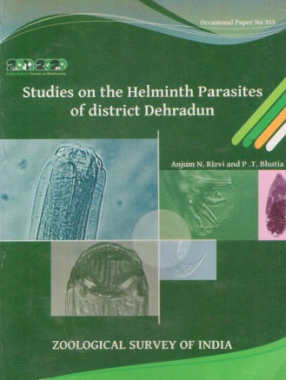
Contents: 1. Introduction. 2. Materials and methods. 3. Systematic list. Systematic account. 4. Ecology of Helminth parasites of Anuran Amphibia in Dehradun. References.
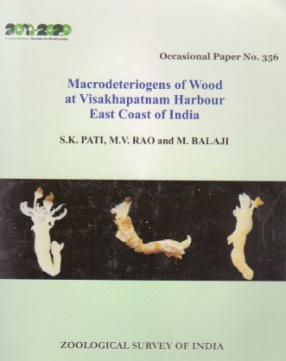
Contents: 1. Introduction. 2. Material and methods. 3. Result. 4. Discussion. 5. Summary. 6. Acknowledgements. 7. References. 8. Plates I-IV.
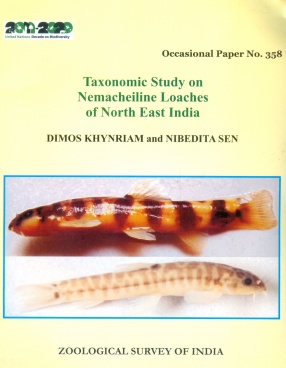
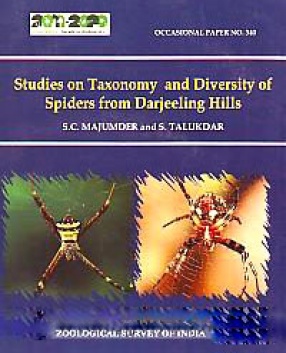
Contents: 1. Introduction. 1. Materials and methods. 3. A checklist of the spider species of Darjeeling hills. 4. Common and taxonomic names of the spider families of Darjeeling hills. 5. Key to the spider families of Darjeeling hills. 6. Taxonomic descriptions of the spiders of Darjeeling hill. 7. Taxonomic status and numerical biodiversity of spiders in Darjeeling hills. 8. Species richness of spiders in Darjeeling hills. 9. Comparative distribution of spiders ...
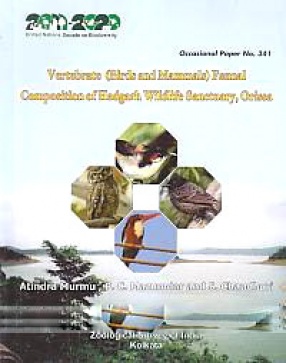

Contents: 1. Introduction. 2. Discussion. 3. Summary. 4. Acknowledgements. 5. Reference. 6. Addendum. 7. Plates. From the introduction: Endemic species which are restricted within a geographic region are very important in characterization of biogeographic provinces. Areas with high degree of endemism are active places of speciation or refuges of past climatic or habitat changes. The recognition of endemic species areas is also important in conservation and ...

Contents: 1. Introduction. 2. Material and methods. 3. Geography. 4. Climate. 5. Study area. 6. Analysis. 7. Results. 8. Systematic account of zooplankton. 9. Zooplankton diversity. 10. Zooplankton abundance and seasonal fluctuation. 11. Zooplankton percentage composition. 12. Discussion. 13. Summary. 14. Acknowledgements. 15. References. 16. Figures and charts.
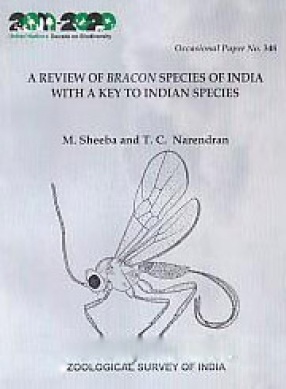
Contents: 1. Introduction. 2. Materials and method. 3. Systematic account. 4. Genus bracon fabricious. 5. Key to Indian species of bracon. 6. Summary. 7. Acknowledgements. 8. References.
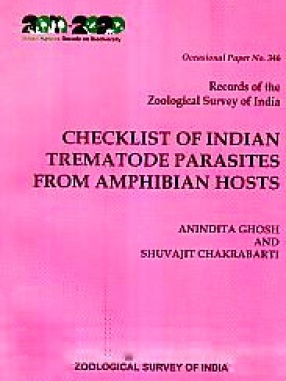
Digenetic trematodes are believed to be originated from the turbellarian ancestors and their parasitic life is assumed to have developed from their ancestors to the phylogenetically related invertebrate hosts. The most primitive digenea, therefore, most have confined their parasitism theoretically to invertebrate hosts until the advent of vertebrates, in the simplest life cycle pattern, i.e. one host cycle. As a matter of fact this simplest pattern is represented ...
